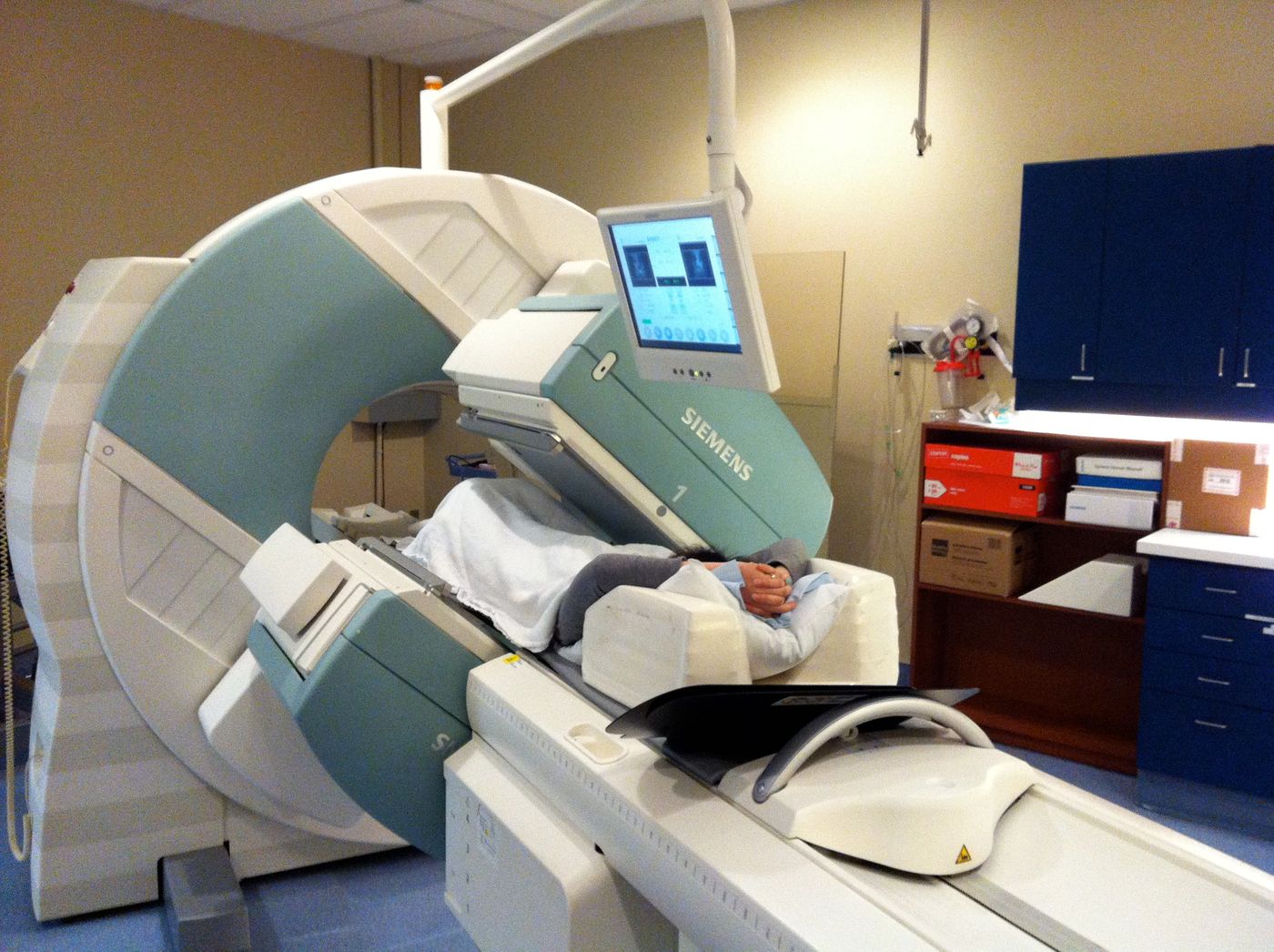Amyloid buildup can cause heart failure, and a new imaging technique can both diagnose and "prognose" the condition. In the past a tissue biopsy was required for an accurate diagnosis and prognosis, but the new technology provides a safer option for amyloidosis patients, who are often elderly and weak.
Transthyretin-related cardiac amyloidosis (ATTR-CA) is just one type of amyloidosis, a condition caused by the breakdown of proteins and fibril formation and deposits in tissues that eventually lead to organ failure. Specifically in patients with ATTR-CA, a protein called transthyretin breaks down and forms amyloid fibrils that disrupt heart function with their accumulation.
For patients with ATTR-CA, individualized treatment for their specific type of amyloidosis is of utmost importance, especially considering the disease is more common than scientists thought in the past. While an inherited, mutated form of the transthyretin protein that causes the disease is only prevalent in three to four percent of African Americans, ATTR-CA can also develop from a normal variant of the transthyretin protein. ATTR-CA resulting from the normal protein variant is found in 32 percent of patients with heart failure over the age of 75 years at autopsy and 13 percent of hospitalized patients with heart failure.
"Ideally, we'll be able to use this imaging test to detect ATTR-CA well before it develops into advanced heart failure, and then intervene with one of these new therapies, but further study of this test is required to determine how early in the natural history of this disease it can detect amyloid in the heart,” said Adam Castano, MD, co-first author of the study. Co-author and study leader Mathew S. Maurer, MD, said that ATTR-CA is “under recognized and often misdiagnosed.”
The new imaging technique is derived from single-photon emission computed tomography (SPECT) that is normally used to scan for bone cancer. In these instances, a patient would be injected with a radioactive isotope “with a particular affinity for bone that has remodeled due to bone cancer.” The isotope used, called technetium 99m pyrophosphate, was found to be capable of detecting amyloid deposits in the heart in addition to evidence of bone cancer. So scientists adapted the technology to detect amyloidosis, including ATTR-CA.
To test the imaging technique’s diagnostic accuracy for ATTR-CA, researchers used the technique on 179 patients already diagnosed with amyloidosis. 121 of the patients had ATTR-CA, and 50 had other various types of amyloidosis. After comparison with traditional tissue biopsy results, researchers found that the imaging technique successfully diagnosed ATTR-CA in 91 percent of people already diagnosed with the disease.
Additionally, the technique was able to correctly rule out ATTA-CA in 92 percent of patients either with a different form of amyloidosis or who were lacking the disease entirely.
Maurer stressed the importance of sparing “certain patients from having to undergo a biopsy in order to get a definitive diagnosis. Being able to avoid a biopsy, even when it can be done with a less invasive catheter-based procedure, is a significant step forward.”
Maurer’s study also involved the development of a computer algorithm that compares the concentration of the technetium isotope in the heart to another area in the chest. The algorithm successfully provided accurate representations of which patients were at a greater risk for death from ATTR-CA than others.
There are currently no effective treatments available for ATTR-CA.
The recent Columbia University Medical Center study was published in the journal
JAMA Cardiology.
Sources:
Columbia University Medical Center









